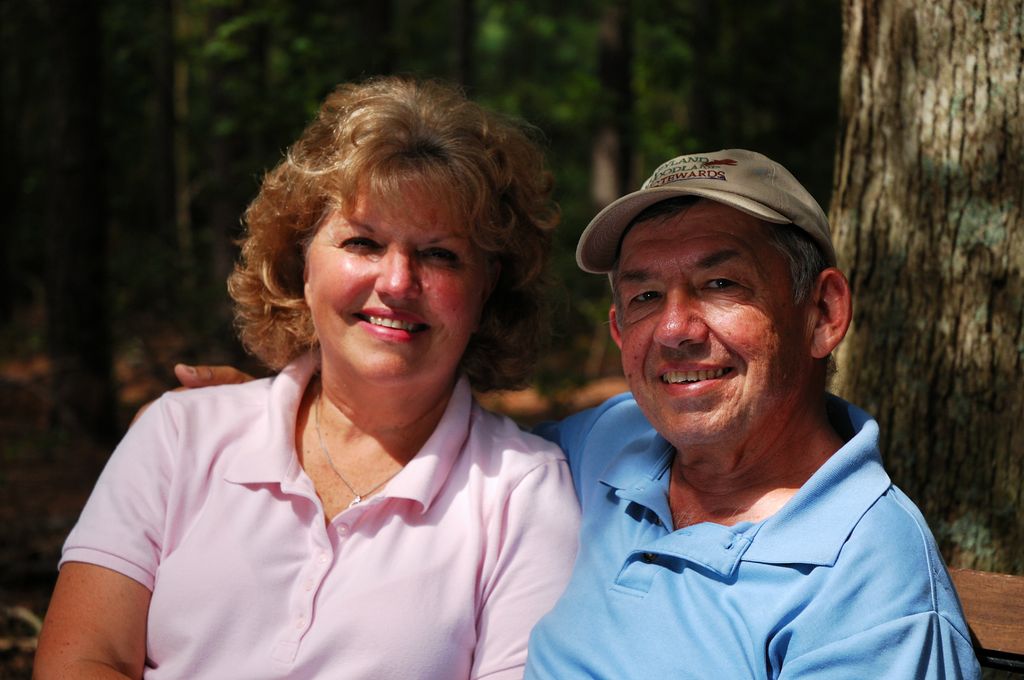ESLC seeks your ideas for a Rural Jobs Agenda
Eastern Shore Land Conservancy has drafted a Rural Jobs Agenda to take to Annapolis for this next Maryland General Assembly session. We would love your great ideas and thoughts about ensuring the Eastern Shore is thriving and vibrant. Our Vision for Rural Maryland: Rural areas like our Eastern Shore of Maryland will be places of innovation and opportunity, with vibrant towns, thriving farms and forests, and economies built from rural strengths. Our Rural Regions Are Places of Opportunity Rural regions are Maryland treasures. Their natural resources and landscapes serve food, fiber and fun, and are living connections to the stories and lifestyles that founded our State. Our rural places, however, will not stay special by accident. The need for economic opportunity is distinct, and the choices feel limited. Needed now is a clear vision, regional collaboration, and smart investments to ensure that economic vibrancy emerges from our rural region, not despite it. Collective actions in the following areas are essential future economic innovations and opportunity: Strengthen our Towns as Economic Hubs – Towns are the commerce center for our rural communities. For the sustainability of our rural lands and industry, it is essential these are healthy, attractive places to live and work. Capacity and support for the WIP work should be built and investment in transit and telecommuting centers should be encouraged. - Support creation of the Eastern Shore Conservation Center. This regional conservation center in the heart of Chesapeake country would share costs, increase collaboration, and promote the best of the region’s rural heritage. It would house many outdoors and conservation oriented non-profits that would be dedicated to sustaining the rural legacy of the Eastern Shore of Maryland and beyond. This project would also rehabilitate a historic building and be a part of a major downtown revitalization for Easton, MD. - Reinstitute the MDE’s Loan Forgiveness Program for minor WWTPs, and ensure future








